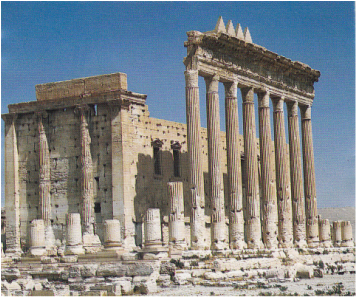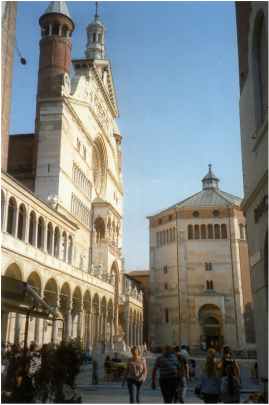
Life wasn’t perfect, but we were impressed by the hope and energy we discovered there. I remember young parents romping with their kids on Sunday afternoon in a Kiev park, taking photographs with their mobile phones. The new society was harder for older generations, but they hadn’t given up. I remember the robust older women, red-cheeked in their kerchiefs, selling lottery tickets or family heirlooms, sweeping and raking, doing what they needed to, missing the old ways, but admitting that the new way was better for younger people.
For decades, the ancient land of the Ukraine struggled to be free and independent. Finally, it was, although the road was bumpy. Then, last year, everything changed again. The Crimea and much of the eastern part of the country were invaded by Russia. People were migrating east or west, depending on their loyalties. The places where in 2013 we chatted with local people now saw citizens facing off with police and military. Even now, when life there seems calmer, violence still is a possibility. Has the door opened or closed? And for whom? The Ukraine is one of many countries we’ve visited where the people once again seem to be caught in the revolving door of change—often change they don’t want.
As I’ve traveled the world, I’ve been touched by how warm and friendly people are—and in countries and places we might not have expected it. When I’ve told friends at home where we’re going, often their first reaction has been: Is it safe? Not only were we safe, but we were welcomed and treated as if we were friends.
“We don’t always like what your government does,” people told us, “but we like Americans. Tell your friends to come. We want them to know us and we want to know them.”
This was true years ago in the Soviet Union, as well as in Communist Poland, East Germany, and Romania. Later, it was true in Syria, Jordan and Iran. When we went to Burma, Turkey, and Cuba, the people we met and got to know were equally friendly. Most recently, it was true in Ukraine. Governments and political leaders may be paranoid and have their own agendas, but the folks we met day to day were friendly and open—at least, as open as they dared be under the watchful eyes of their governments.
During these years, we felt that doors were opening and closing both behind us and in front of us. We had to be alert, but never were afraid. Periods of change can be fascinating, exciting times to visit countries, but we never would have expected the storm of destruction that has swept over Syria, a land with the friendliest, warmest people we ever encountered. Now, thousands of Syrians are fleeing the violence, their homes in ruins and the country’s great treasures, such as ancient Palmyra, destroyed..
The ruined buildings and rebuilt areas we saw in Lebanon in 2010 revealed the horror that rained down on that little country not long before. Now, Lebanon is struggling with masses of exiles seeking safety and is wondering if more violence is heading their way. Militants are trying to push their brand of change onto Turkey and Egypt and threatening even Paris and London. We’re glad that we’ve visited these countries and got to know, at least a little, the people there, but fear for them. Doors opening and closing, but for whom and in what direction?



 RSS Feed
RSS Feed